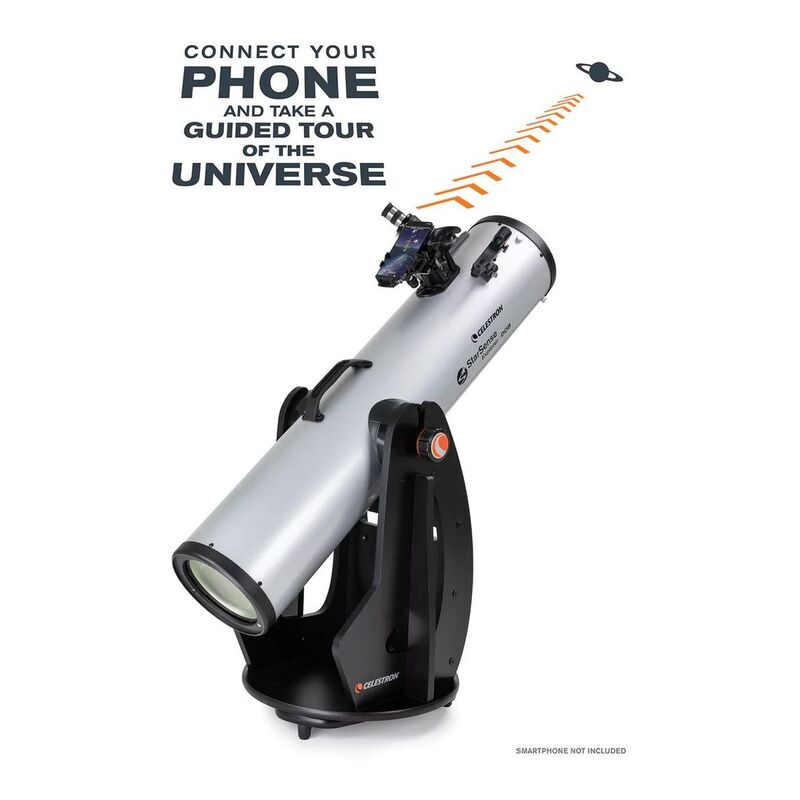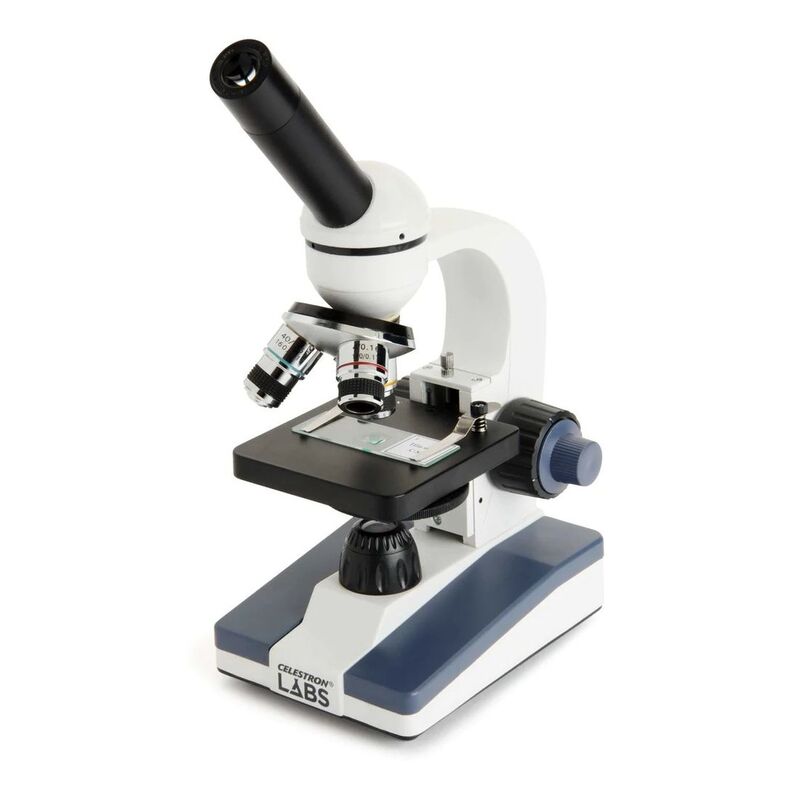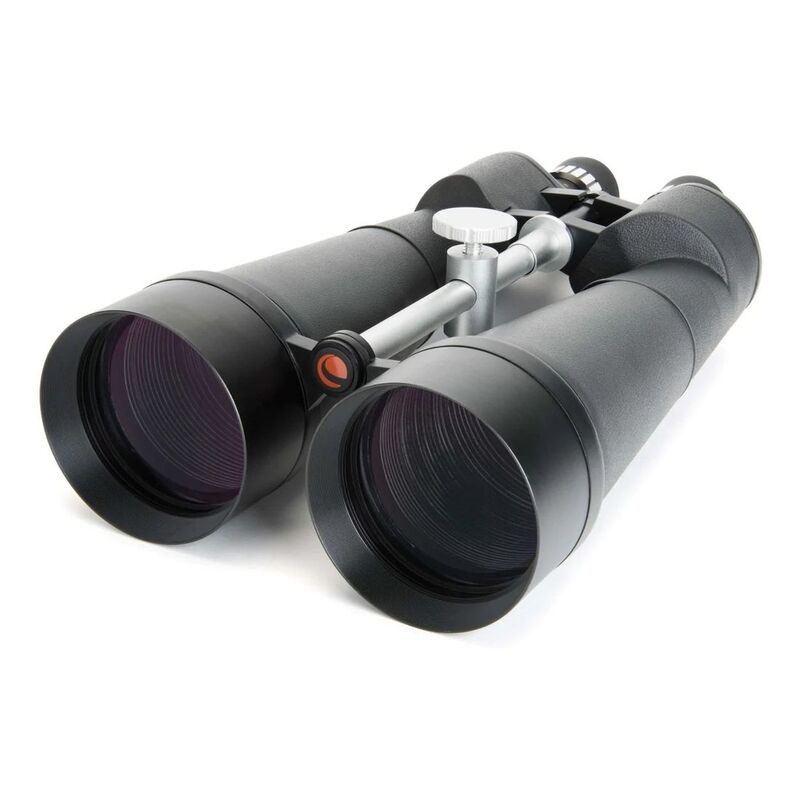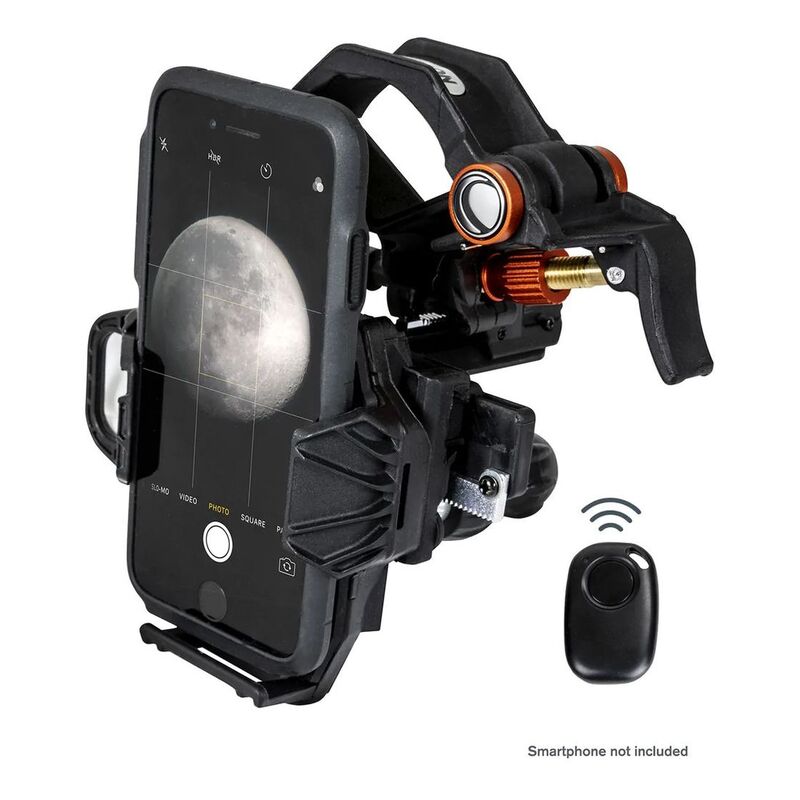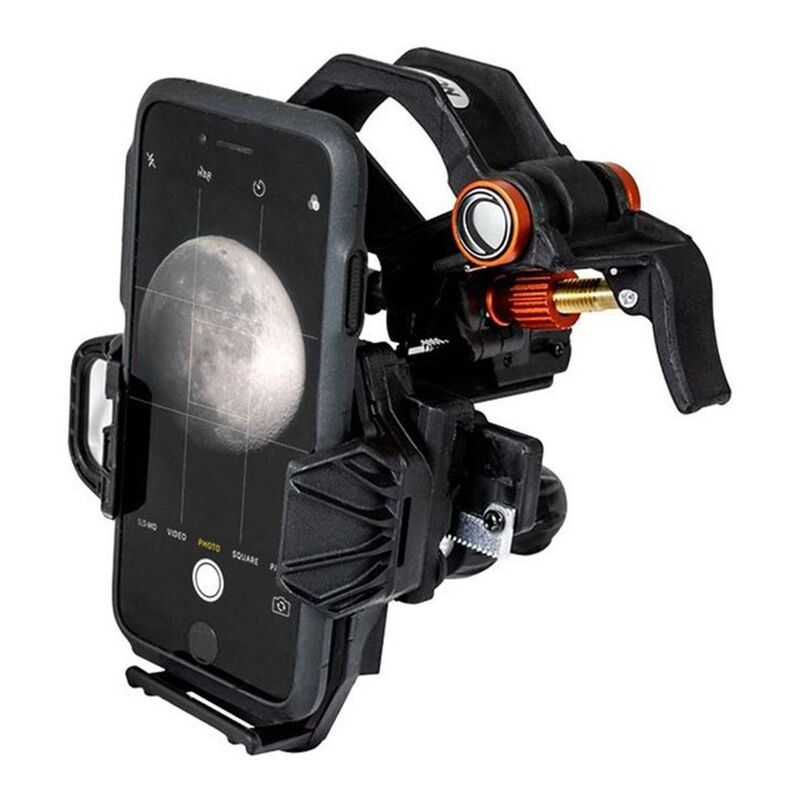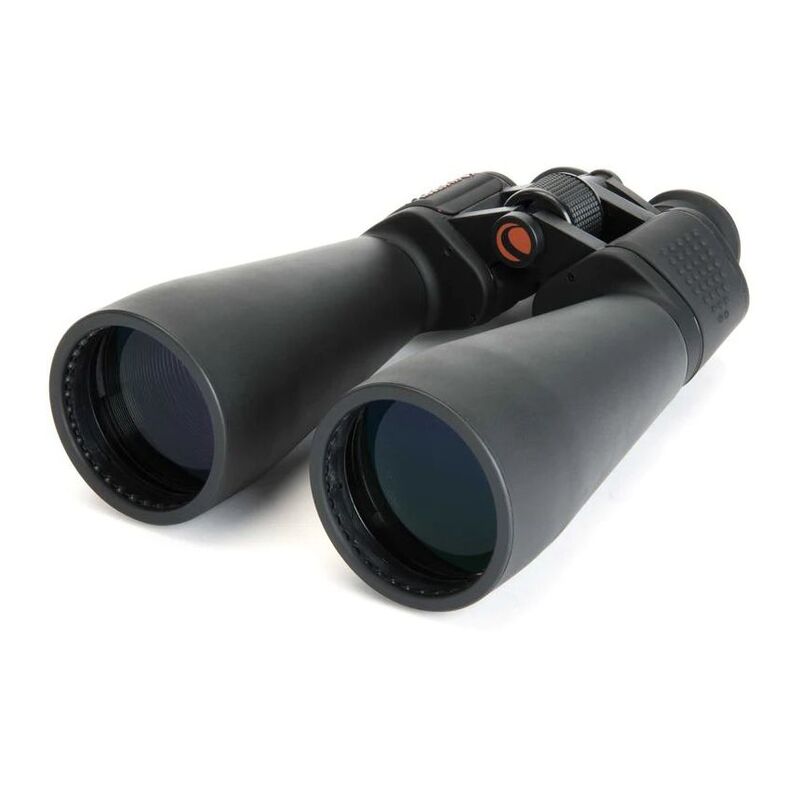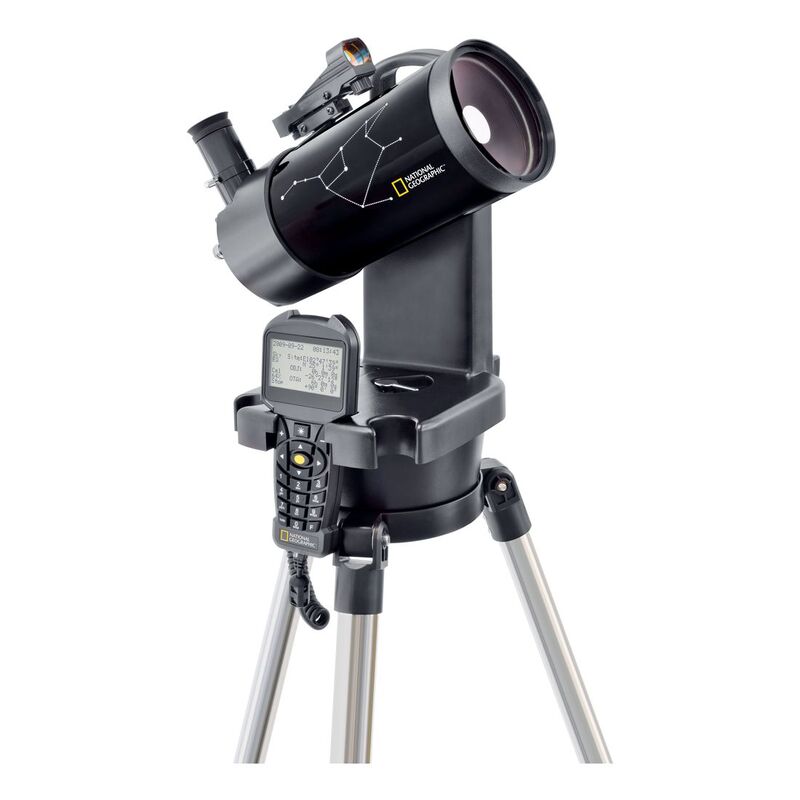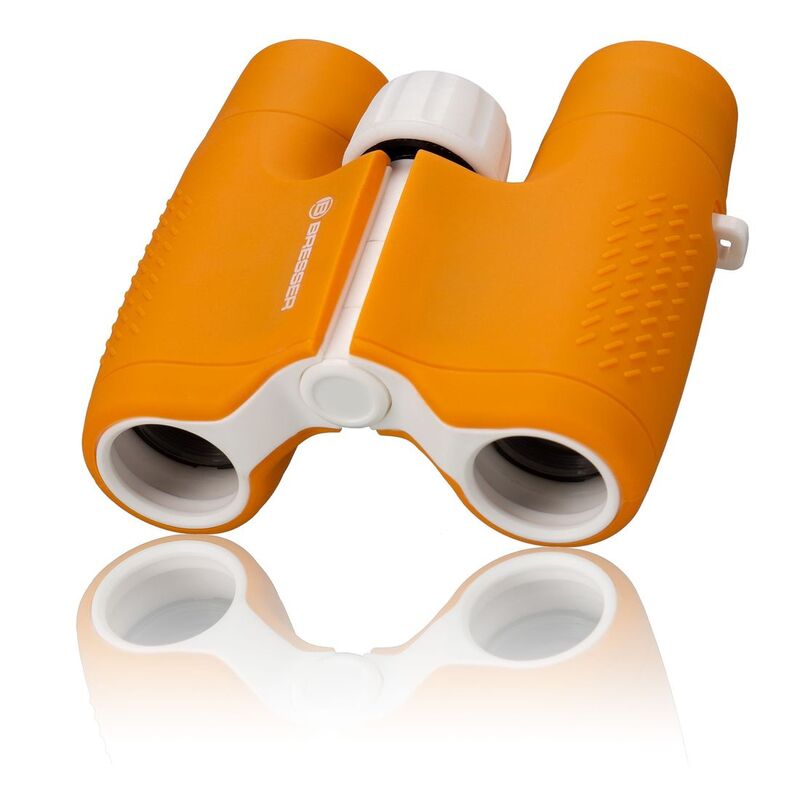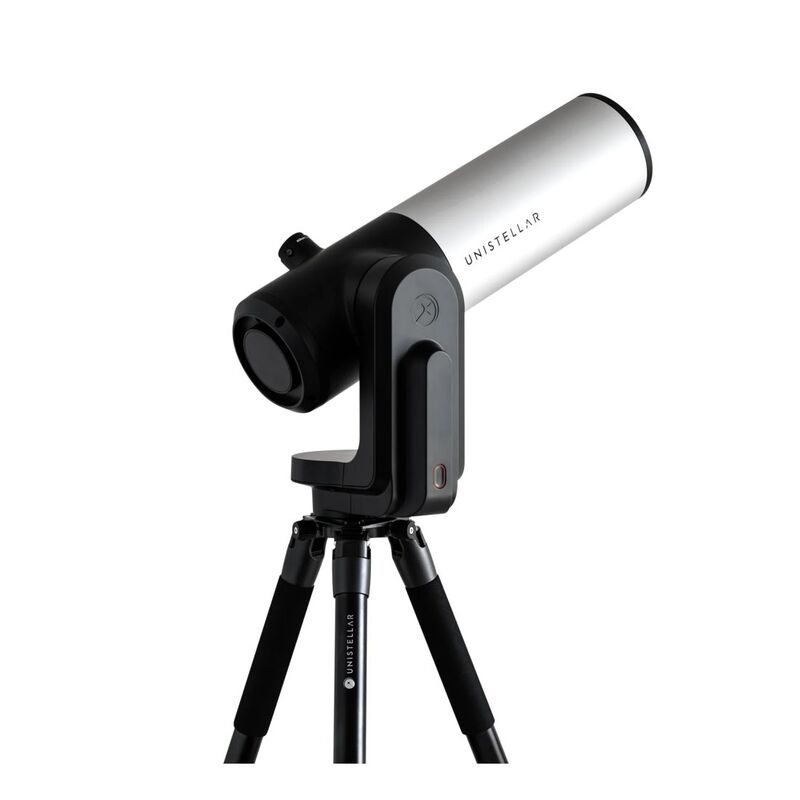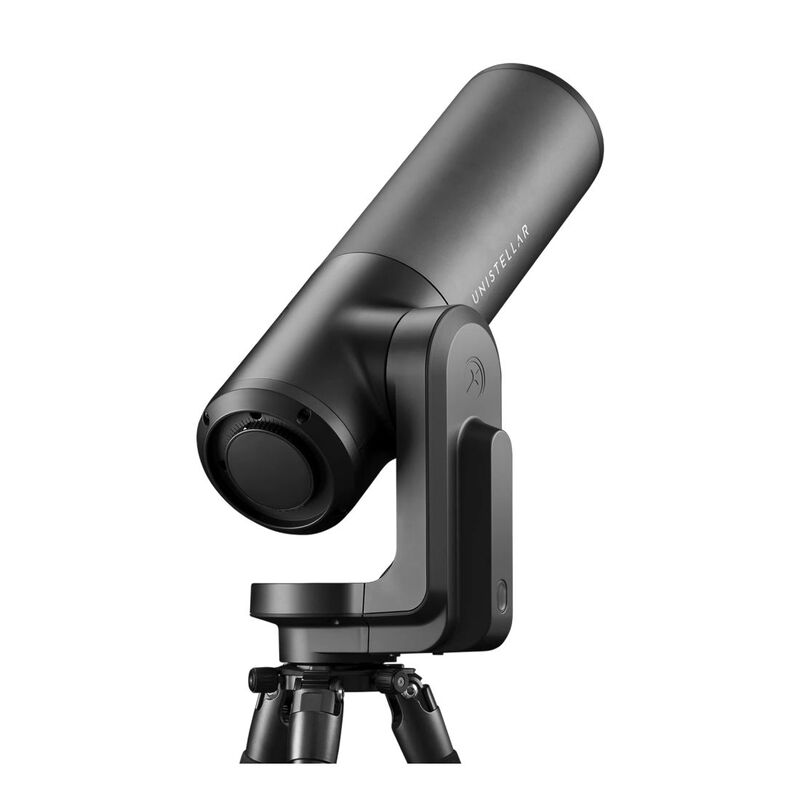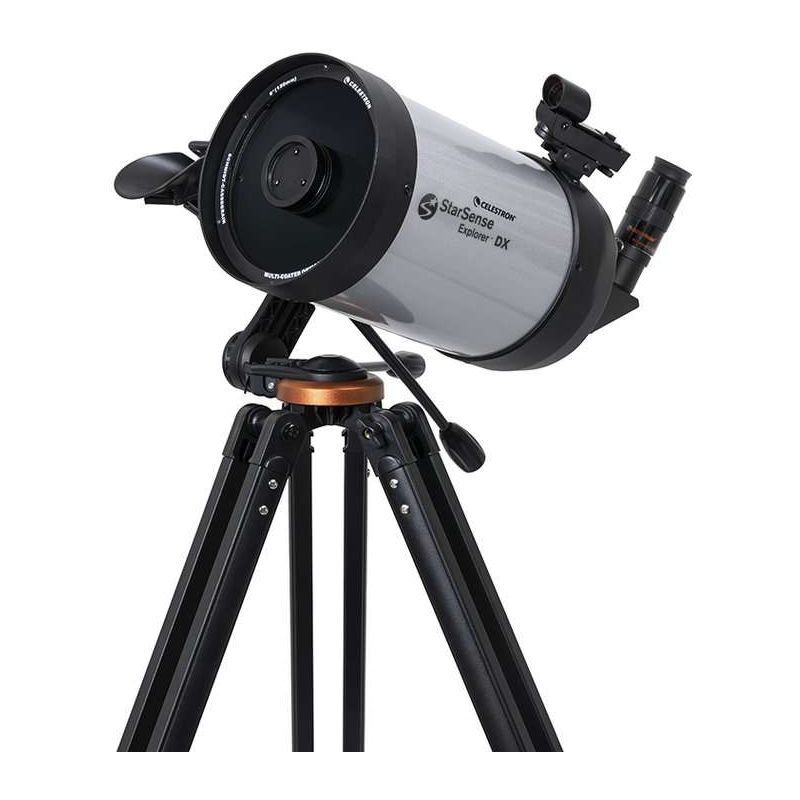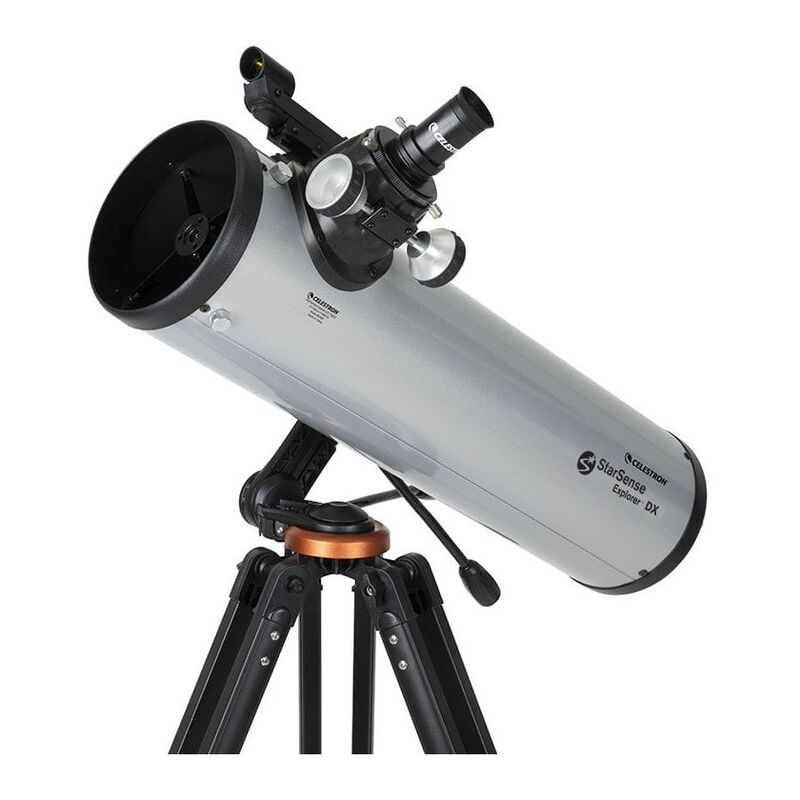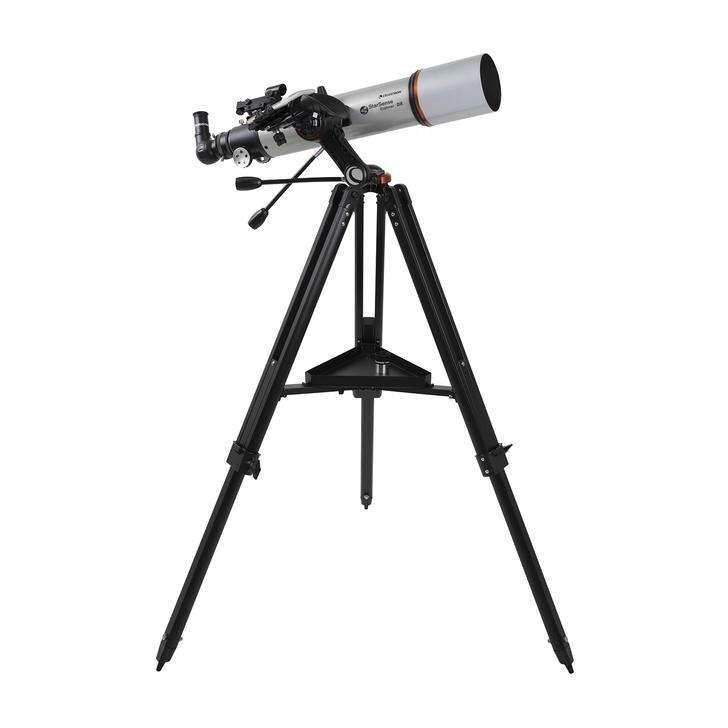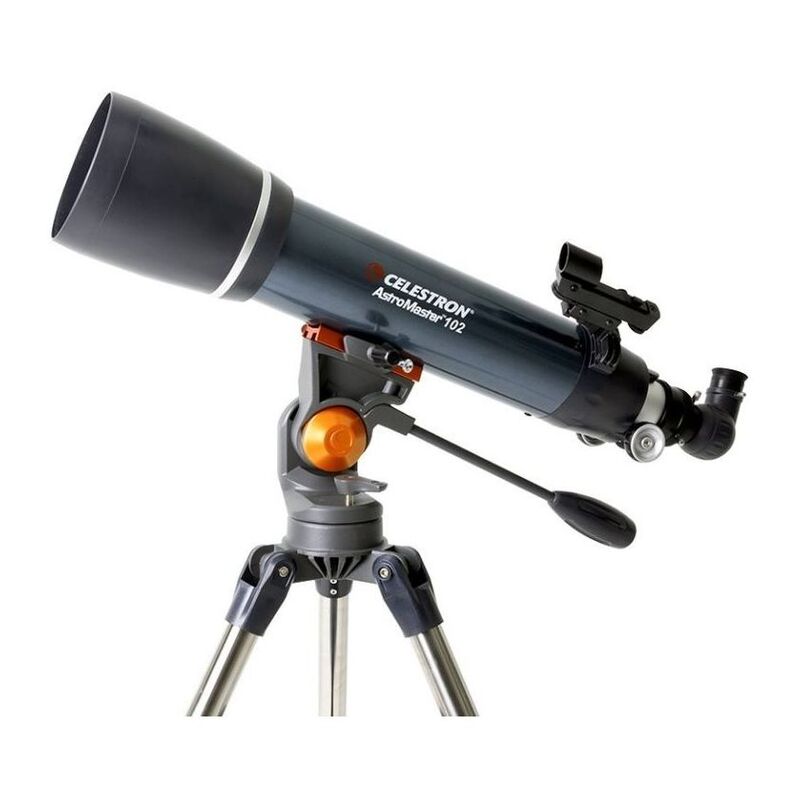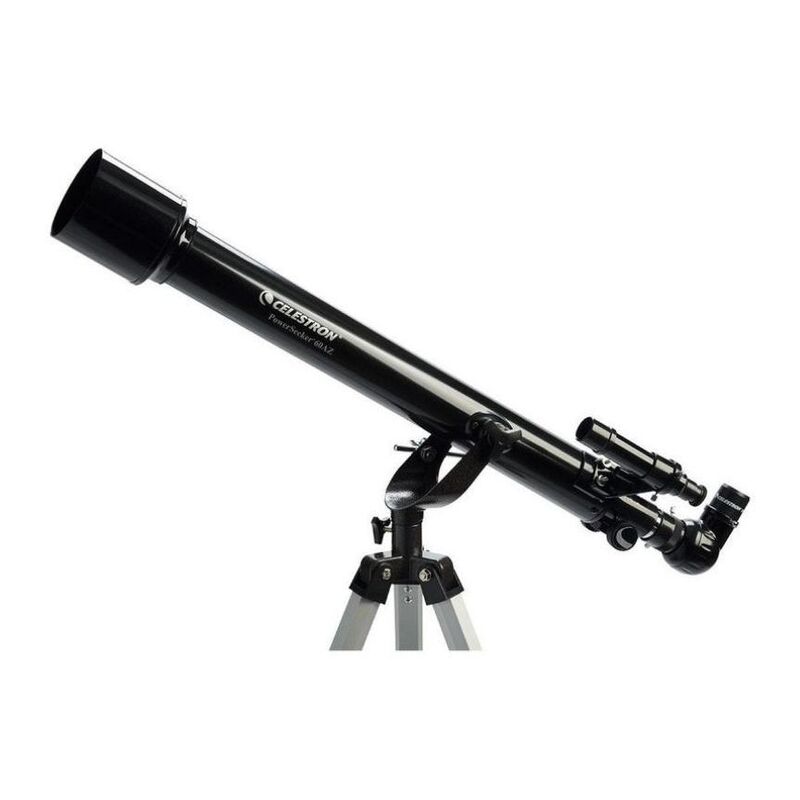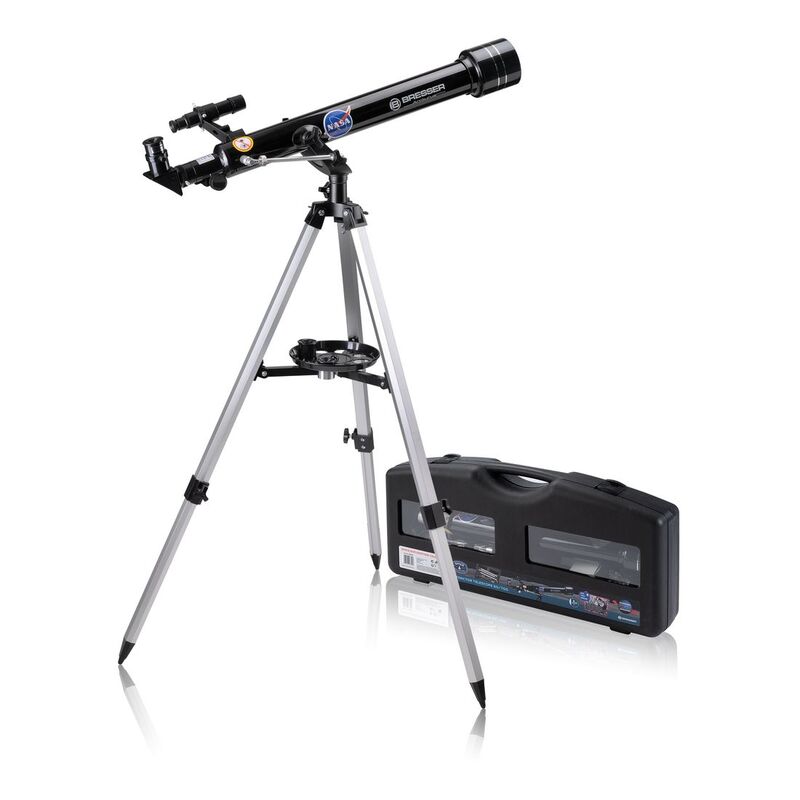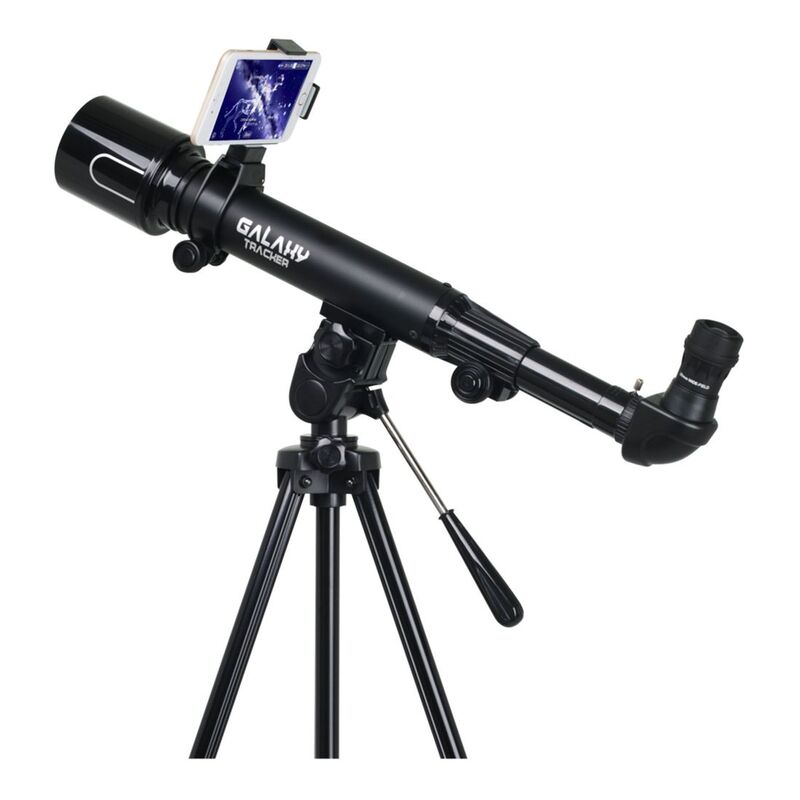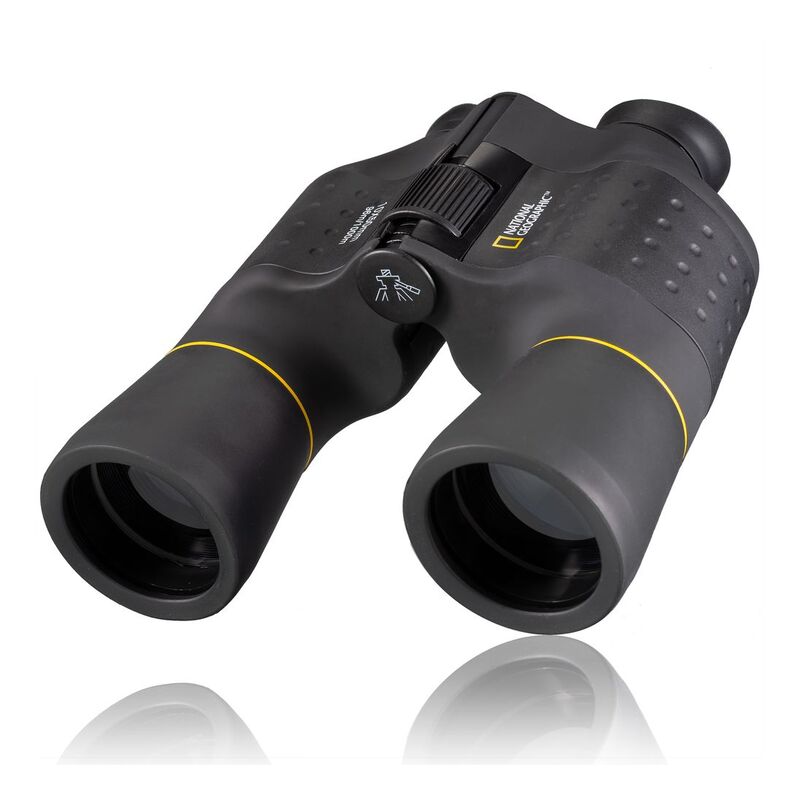Question:
When was the last time you looked up at the sky and saw the stars?
It’s no surprise that a darker sky means more stars, and with the growing increase of light pollution, you’ll have to take a little road trip away from the city lights to get a glimpse of the worlds beyond our own.
Now that the crisp cool air has settled in, it is the perfect time to whisk your family and friends away on a dreamy stargazing trip. Especially with the Quadrantids meteor shower that’s predicted to peak on January 3 and 4. You can witness up to 200 meteors an hour streak across the night skies during its high point!
If this sounds like your kind of adventure, you will first and foremost need to find the right location.
What are the top 5 best places to stargaze in the UAE?
Before you settle on a spot, it's a good idea to check out the bortle class of the location. The bortle scale, coined by John E. Bortle, gives you a sense of how bright the night sky is in that area. It's like a rating for how well you can observe celestial objects without being disrupted by light pollution, ranging from Class 1, offering the darkest skies on Earth, to Class 9, which is typical for inner-city locations. Surprisingly, even in Class 9 areas, there's still a lot to discover in the night sky.
And don't worry — if you're armed with high-quality telescopes and binoculars, you can take your stargazing experience to a whole new level and explore the universe!
If you’re in need of gear, explore our impressive range of telescopes and binoculars to see the stars, planets and other celestial bodies.
Al Qudra Desert/ Past the Cycling Track
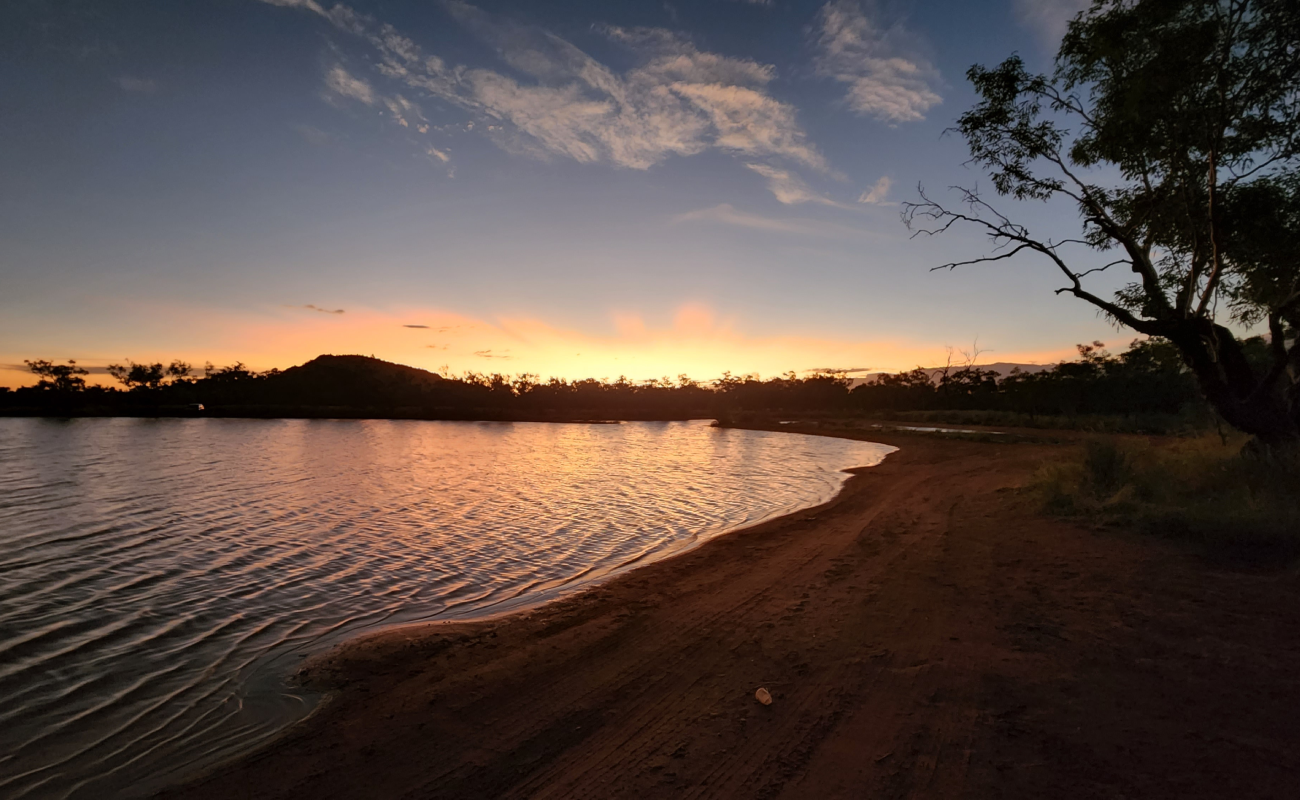
With its serene lakes and landscape, Al Qudra desert is absolutely beautiful for a peaceful evening of stargazing. However, if you continue driving past Love Lake and follow the cycling path, it will be much more effective in steering clear of light pollution. The cycle track will eventually end and transition into a plain desert if you continue forward. It's advisable to arrive right before the sun sets, allowing you to set up your equipment before it gets too dark.
Check out the
location on Google Maps.
Shawkah Dam
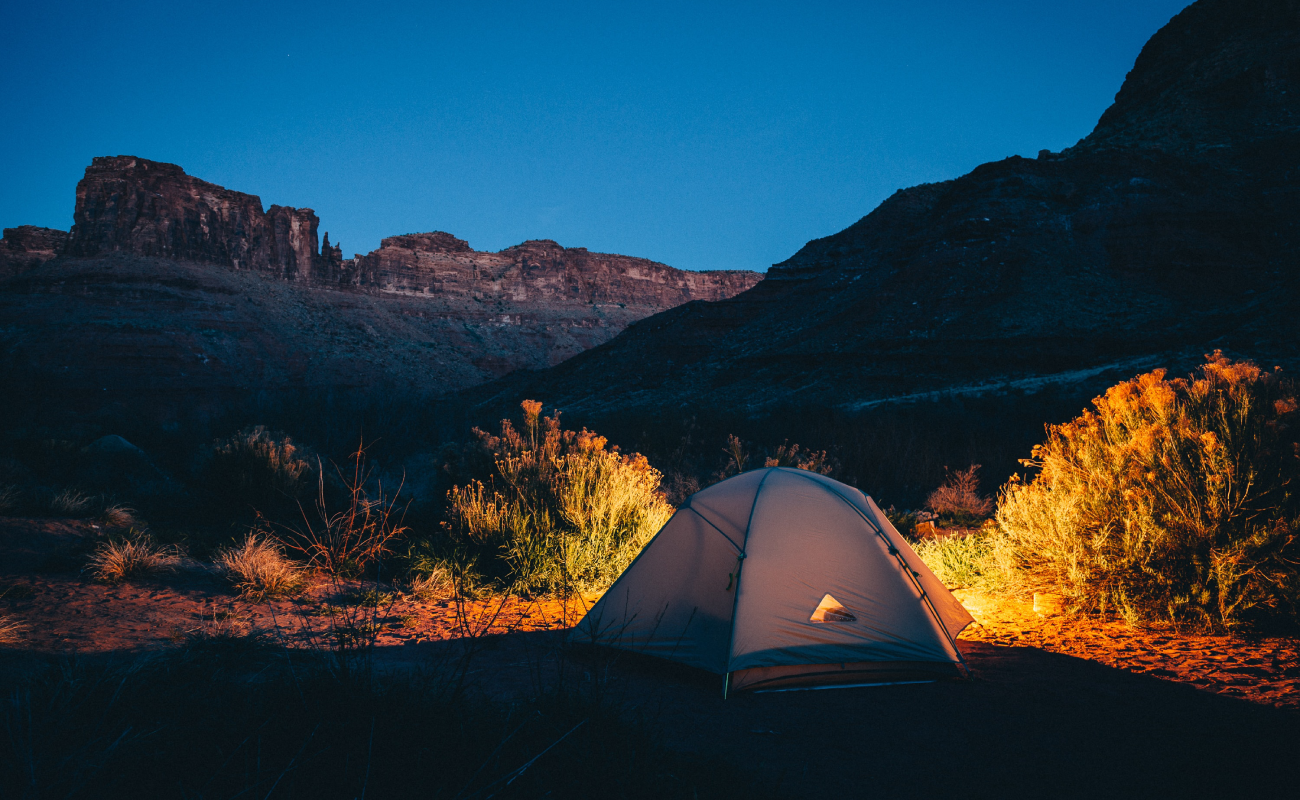
With just a short 45-minute drive from Dubai, Wadi Shawkah on the east side of Ras Al Khaimah is a real gem. It has clear skies, a visually rich landscape, rocky valleys and mountain trails. Some spots have open spaces that are more family-friendly, and some spots are more rugged for the people who enjoy the thrill of a wilder scene. But please do be cautious of any desert snakes or scorpions and avoid venturing further into the valley as it contains privately owned areas.
Find out its exact location on Google Maps.
If you're up for camping, especially near the Shawkah Dam, you might just find the perfect spot to soak in the beauty of the night sky.
Check out our camping gear for ultimate preparation!
Rub Al Khali Desert
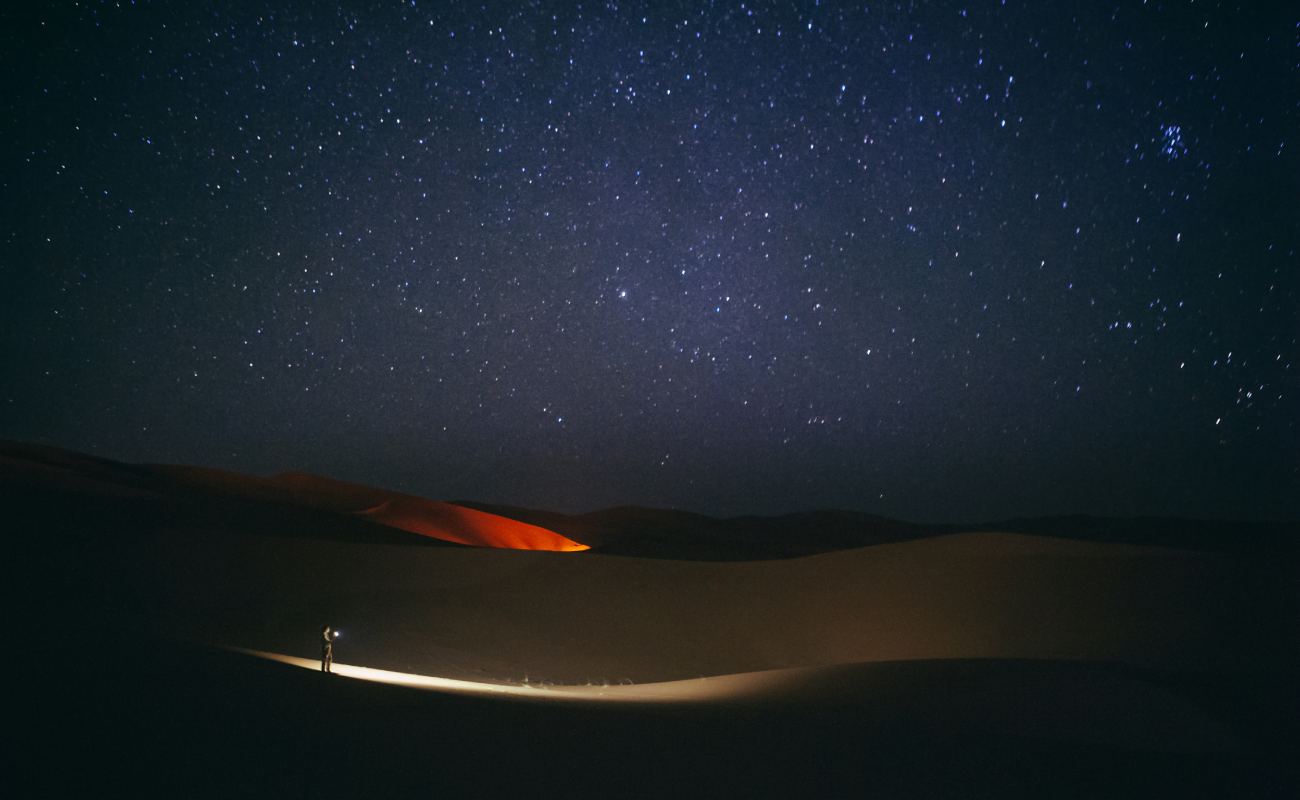
Hidden between the UAE and extending into Saudi Arabia, Oman, and Yemen, the Rub Al Khali stands the Empty Quarter - the world's largest expanse of sand. This colossal desert spans 583,000 square kilometers and offers several ideal locations for stargazing. If you're keen on venturing in Rub Al Khali, consider reaching out to an astronomy group or a tour company that specializes in organizing celestial adventures since this location might be too large to navigate for first timers.
Check out its location to understand the area's scope.
Al Quaa Milky Way Spot
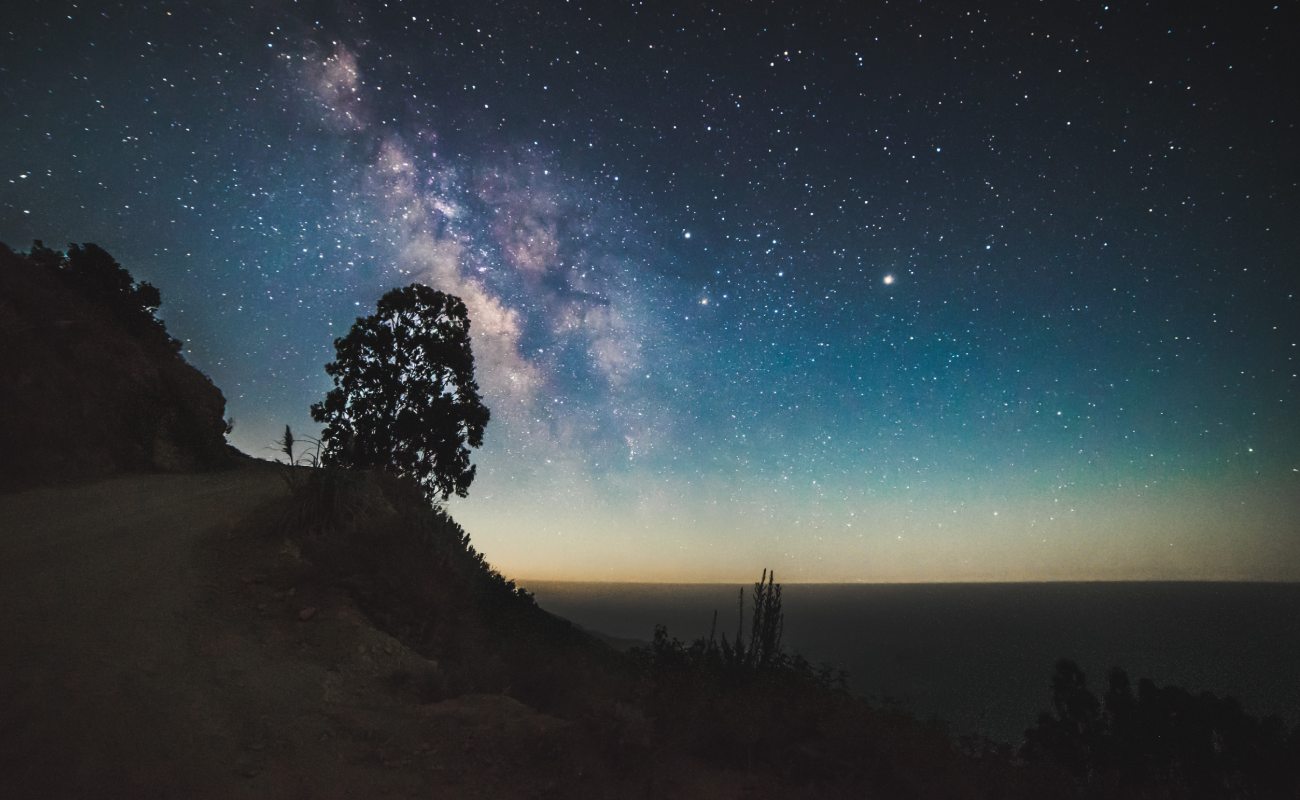
This popular spot is a quiet and peaceful area, away from the city lights and is a safe bet for a beautiful and mesmerizing sky. Just keep in mind you’ll need to have a car that can drive well on a desert landscape. Expect your trip to be around 90 minutes from Abu Dhabi towards al Ain.
You'll find its location here on Google Maps.
Jebel Jais Observation Deck
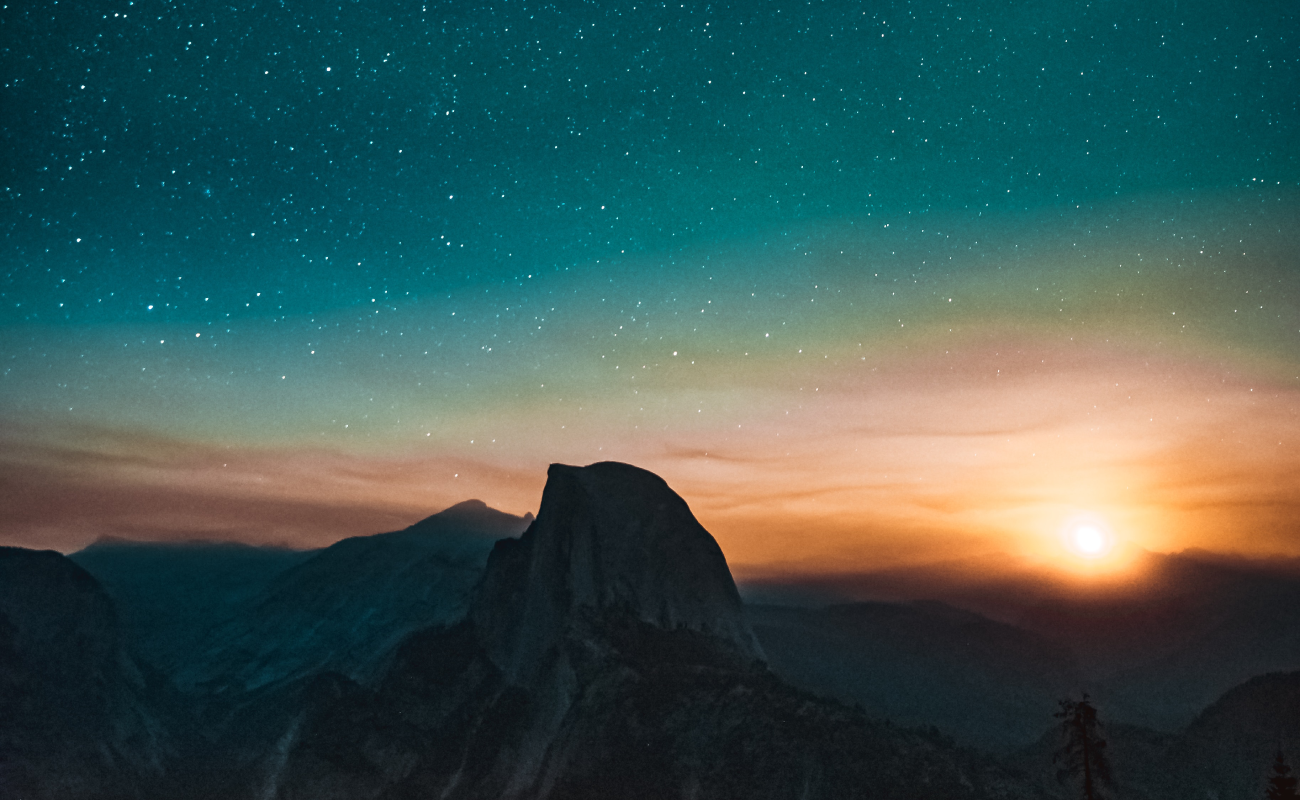
Discover the magic of stargazing at Jebel Jais, the UAE's highest mountain peak. Find a cosy camping spot in their designated camping area and treat yourself to a breath-taking view of the night sky, right above the clouds. The mountain's elevation and pure air make it an ideal spot for stargazing, allowing you to capture the wonders of the cosmos and create lasting memories.
For easier navigation, check out its location.
If you find a place that’s perfect for your stargazing trip, make sure to scout the area during the daytime and check if it’s completely safe and suitable for when it gets dark. Prioritize safety, keeping an eye out for any local wildlife, and always remember to clean up before you leave to preserve our environment.
When you start your trip, take some time to let your eyes adjust to the darkness. It might take around half an hour for them to become fully adapt to the low-light surroundings, and so try and limit your use of mobiles and bright devices.
And as an extra tip — the most suitable lights for stargazing are red lamps and red LEDs, as they have the least impact on your night vision.
Make the best of every new adventure you take!
And we wish you clear skies ahead and a Happy New Year!




